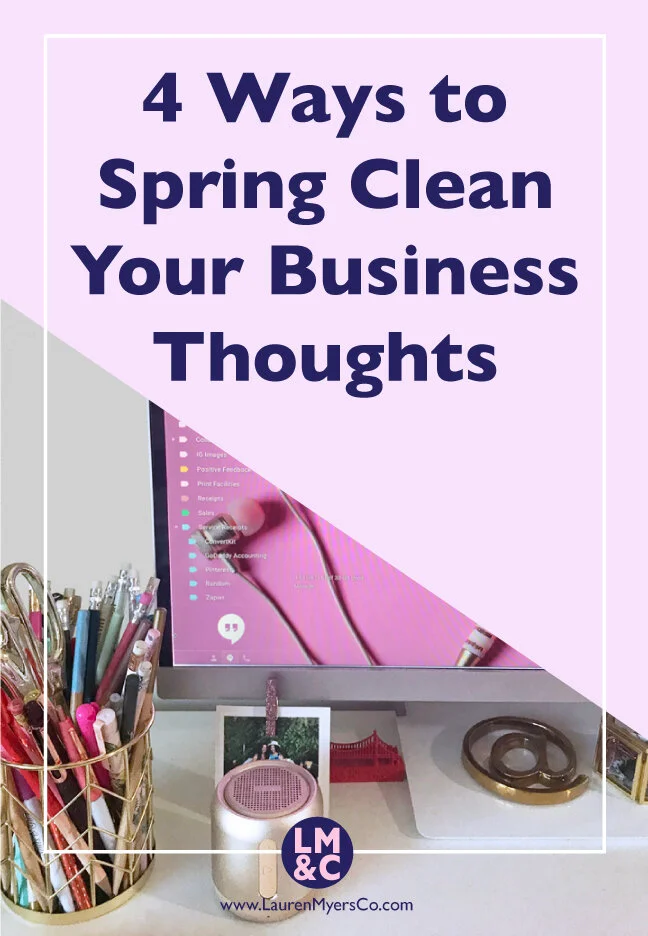We all have smartphones now, right? AND we're all taking photos with them quite frequently. More than likely, if posting these images to Social Media, there is post-editing involved. What does post-editing look like? Here's an example:
1. Take a photo of something.
2. Import into VSCO cam, Snapseed, etc.
3. Apply filters to "fix" the image
- The image looks a little dark, let's brighten it up
- The images looks a little yellow, let's change the temperature
- The image is a little blurry, let's sharpen in
- The image is missing something...let's just throw a filter on it.
In reality, this is being approached the wrong way. When I was taking photography in college, my instructor drilled in us that we should be taking photos with the intent of minimizing post-photo edits. This not only saves time, but also keeps the image as pure to life as possible.
In order to minimize your post photo edits, start taking advantage of these three built in features on your mobile camera.

1. Exposure- you can adjust the brightness of the image before taking it which makes much more sense than adjusting it afterwards. If you do have to adjust it afterwards, it should be very minimal.
2. White Balance- If there is a tint of color on the screen, you should adjust the white balance to play nice with your light source. The image will generally have a tint of yellow if taking pictures indoors with artificial lighting. Adjust the white balance to offset the color or choose "Auto White Balance" and the camera will adjust automatically.
3. Selective Focus- Focus on your subject so that the image will be sharp from the start. You can generally do this by tapping the location on the screen that you want the focus to be on.
Using this approach, the steps for mobile photography should actually be the following:
1. Adjust settings on your phone to optimize the photo BEFORE taking it
- Adjust the exposure if the lighting isn't ideal
- Adjust the white balance if there is a tint visible
- Choose the actual spot on the screen to focus on
2. Focus on the subject then take the photo
3. Apply last minute, MINIMAL tweaks to the photo using photo editing apps and preferably NOT using filters.
Bonus Tip: Be aware of your surroundings. Hold the phone up and look in the background to see if anything is potentially intrusive. If so, remove it before snapping any pictures.
Hopefully this approach to taking mobile photos will help to make your process flow better and your images will look more true to life!









